 The Japanese government has released 210,000 tons of stockpiled rice into the market. The move is aimed at stabilizing distribution as supermarket prices of the staple have more than doubled over the past year. NHK World evaluates its impact.
The Japanese government has released 210,000 tons of stockpiled rice into the market. The move is aimed at stabilizing distribution as supermarket prices of the staple have more than doubled over the past year. NHK World evaluates its impact.
The Japanese government maintains a stockpile of 1 million tons of rice for emergencies such as crop failures. Stored at more than 300 warehouses across the country, the amount is equivalent to six to eight weeks' worth of domestic demand.
This marks the first time stockpiled rice has been released due to a shortage. Previously, 40,000 tons were sold to distributors that suffered damage in the 2011 Great East Japan Earthquake and about 90 tons were sold after the 2016 Kumamoto Earthquake.
But data released on Monday shows rice prices at supermarkets continue to rise.
Tough times for rice shops
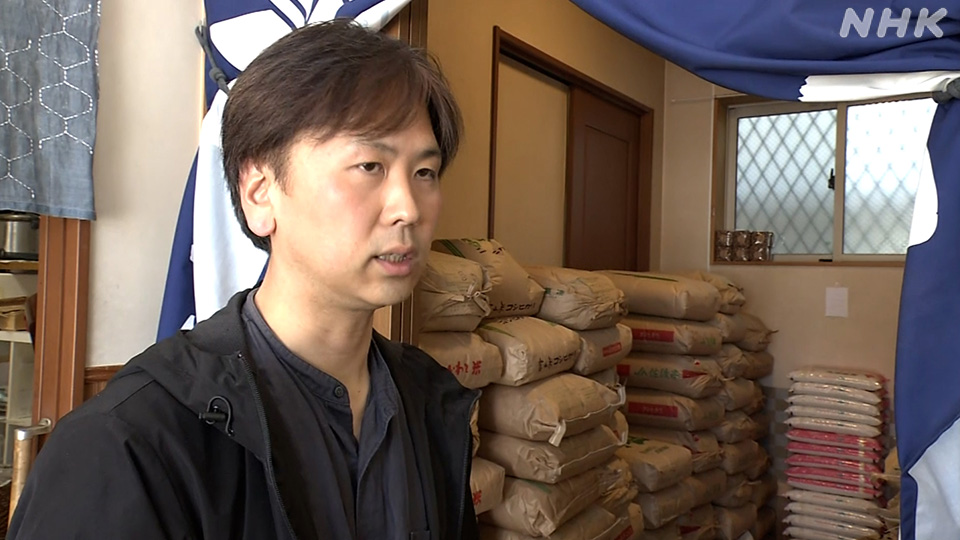
Rice shop owner Hattori Jun
This rice shop in Nagoya, central Japan, has been in business for about a century. NHK World spoke with the owner, Hattori Jun, and asked if prices have changed since the release of rice from national stockpiles.
Hattori says the shop hasn't been able to get any of the newly released rice yet and it lacks sufficient stock.
He adds, "The release has had no real impact. It's a shame. Almost every day we hear customers complain that rice is too expensive. It's regrettable we can't do anything about it."
The rice shortage has continued to drive up prices. Before the release of stockpiled rice, prices at Hattori's shop rose to about 3.5 times higher than the average price before the shortage began. After the stockpile release prices dropped slightly, but remain nearly three times higher than usual, making it difficult to secure sufficient supplies.
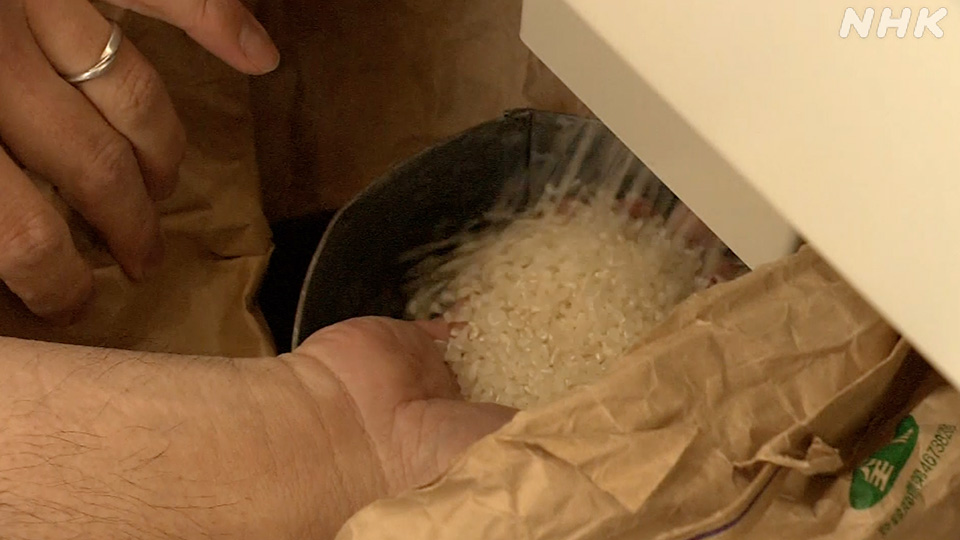
Rice is dehusked at Hattori's shop.
The shop normally carries over 20 varieties of rice but now is out of more than 10 of them.
Hattori says, "High prices are making it difficult for consumers to buy rice and also creating problems for us." He says the shop has no choice but to raise prices again, making it the fourth hike since last year.
Rising rice imports
As rice prices continue to soar, retailers are increasingly selling cheaper imported rice.
This week, major retailer Aeon will start selling a blend that's 80 percent California rice and 20 percent domestic. It will be 10 percent less expensive than domestic rice.
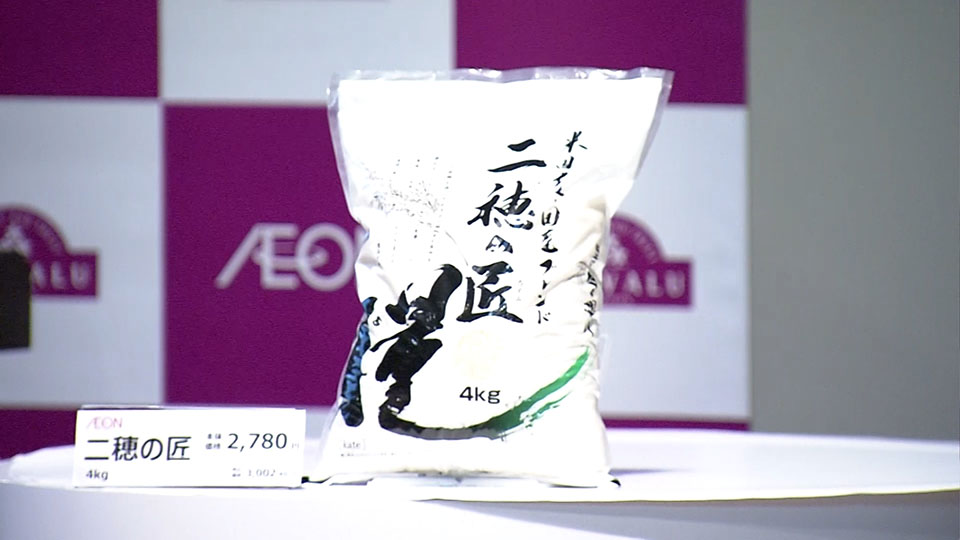
A bag of blended rice
Aeon company director Tsuchiya Mitsuko says, "We decided to sell imported rice in response to consumers who have said they can't buy rice." She adds, "We hope this will lead to a stable supply."
Why haven't prices fallen?
Wholesalers say prices aren't falling because of a perception that rice remains in short supply even after the stockpile release.
Some supermarkets in the Tokyo metropolitan area are selling government rice for 3,600 to 3,700 yen (24.7 to 25.4 US dollars) including tax for a 5-kilogram bag ― about 500 yen (3.5 dollars) lower than the national average price.
But supermarket companies say much of the non-government rice is retailing for more than 4,000 yen (27.4 US dollars) for that amount, and it's difficult to reduce the price because wholesale costs haven't changed.
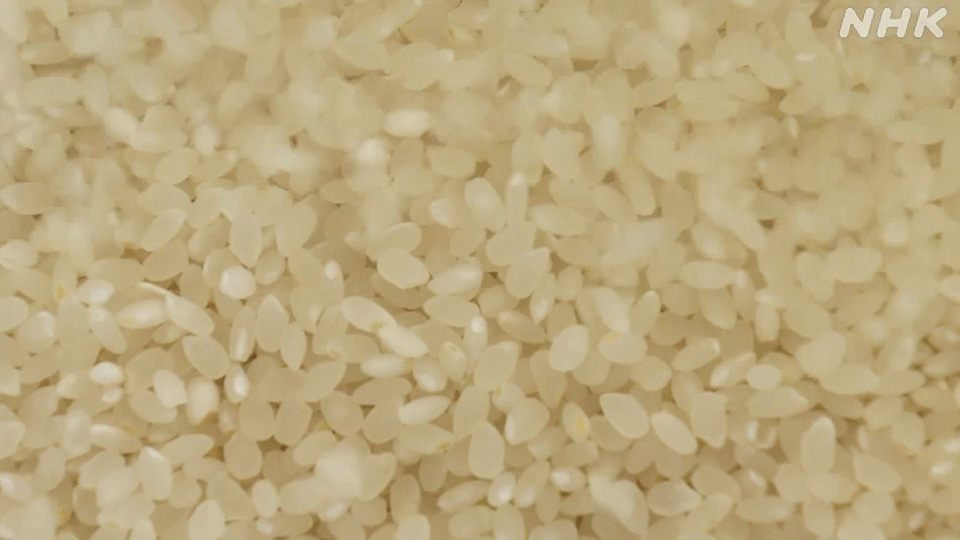
The price of non-government rice remains high.
A major wholesale firm says the supply and demand of rice remains tight, and the lack of supply at supermarkets has yet to be resolved.
However, the government says, "We believe the further distribution of stockpiled rice will be reflected in retail prices. For rice distribution to return to normal, businesses must ease their concerns about securing rice."
Rice reservations
Rice planting has already started in Ehime Prefecture's Uwajima City in western Japan. Farmer Matsumoto Takaaki grows rice on 10 hectares. On Monday, he planted Koshihikari seedlings.
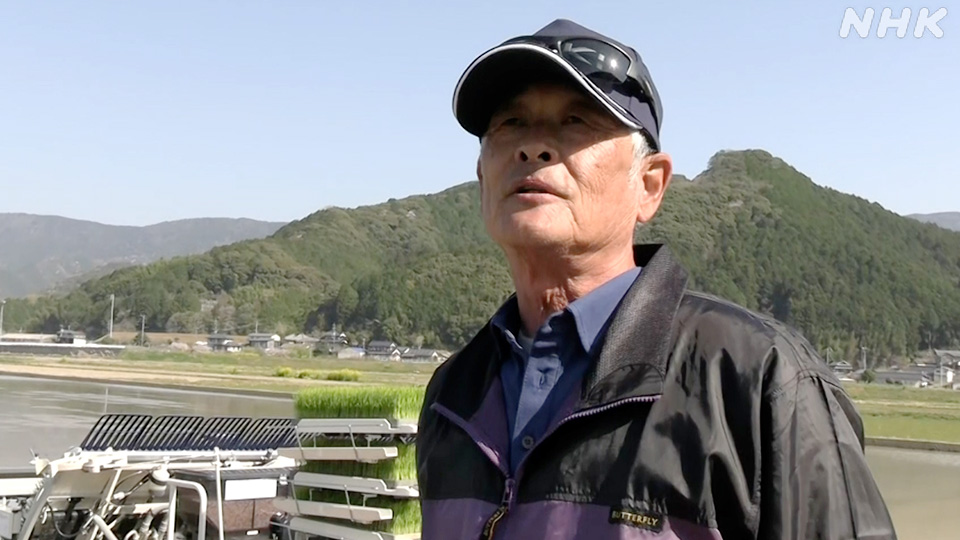
Rice farmer Matsumoto Takaaki
Matsumoto says he's received inquiries from customers in Ehime and other prefectures who want to reserve up to a year's worth of rice due to the shortage.
He says it's necessary for farmers to raise prices due to soaring costs for fertilizer and other supplies, even if doing so causes problems for consumers.
But he adds that he's concerned consumers might refrain from buying rice if prices rise too much.














© Copyright 2025 The SSResource Media.
All rights reserved.